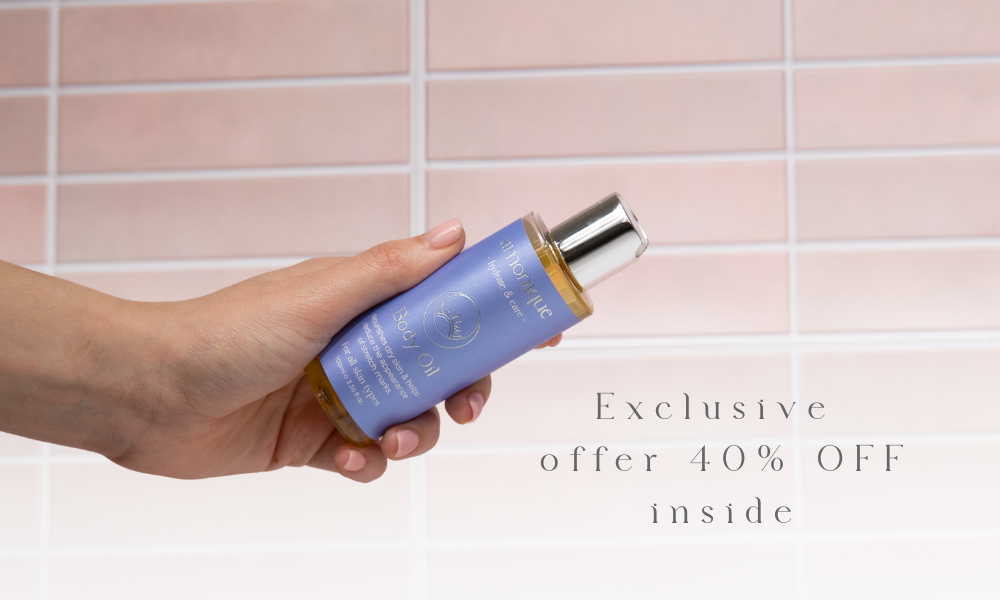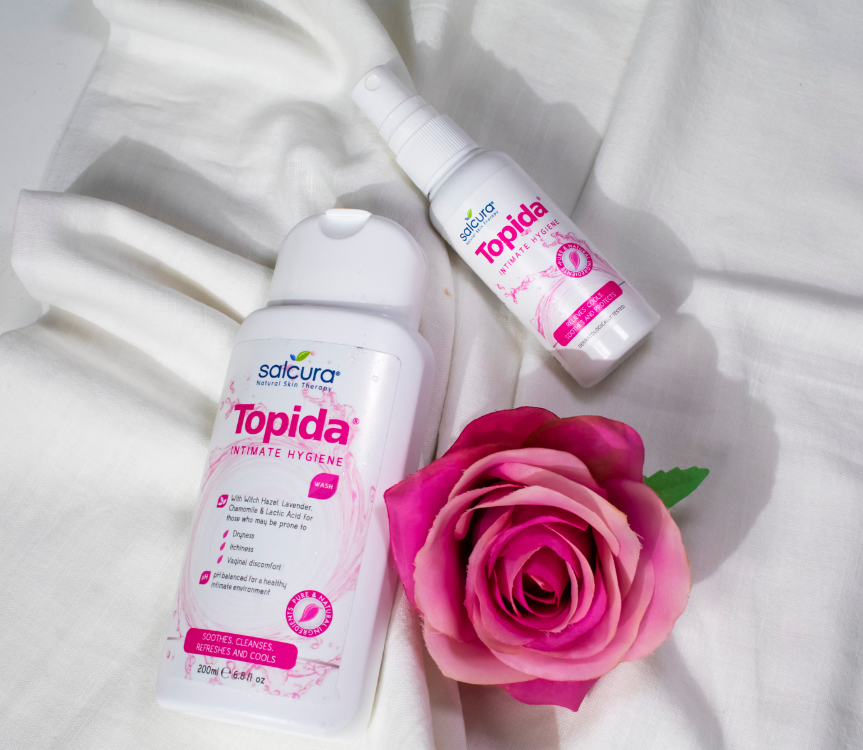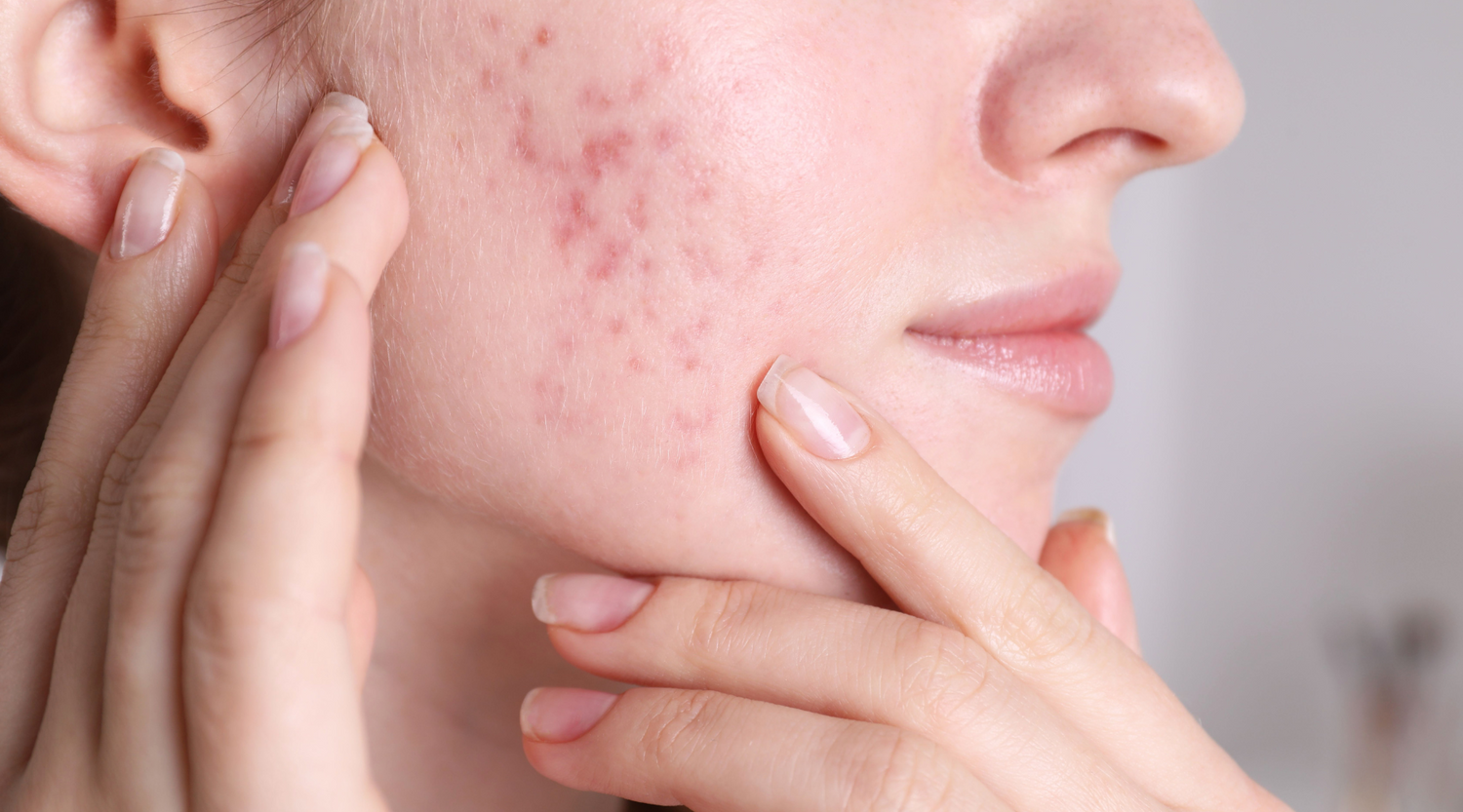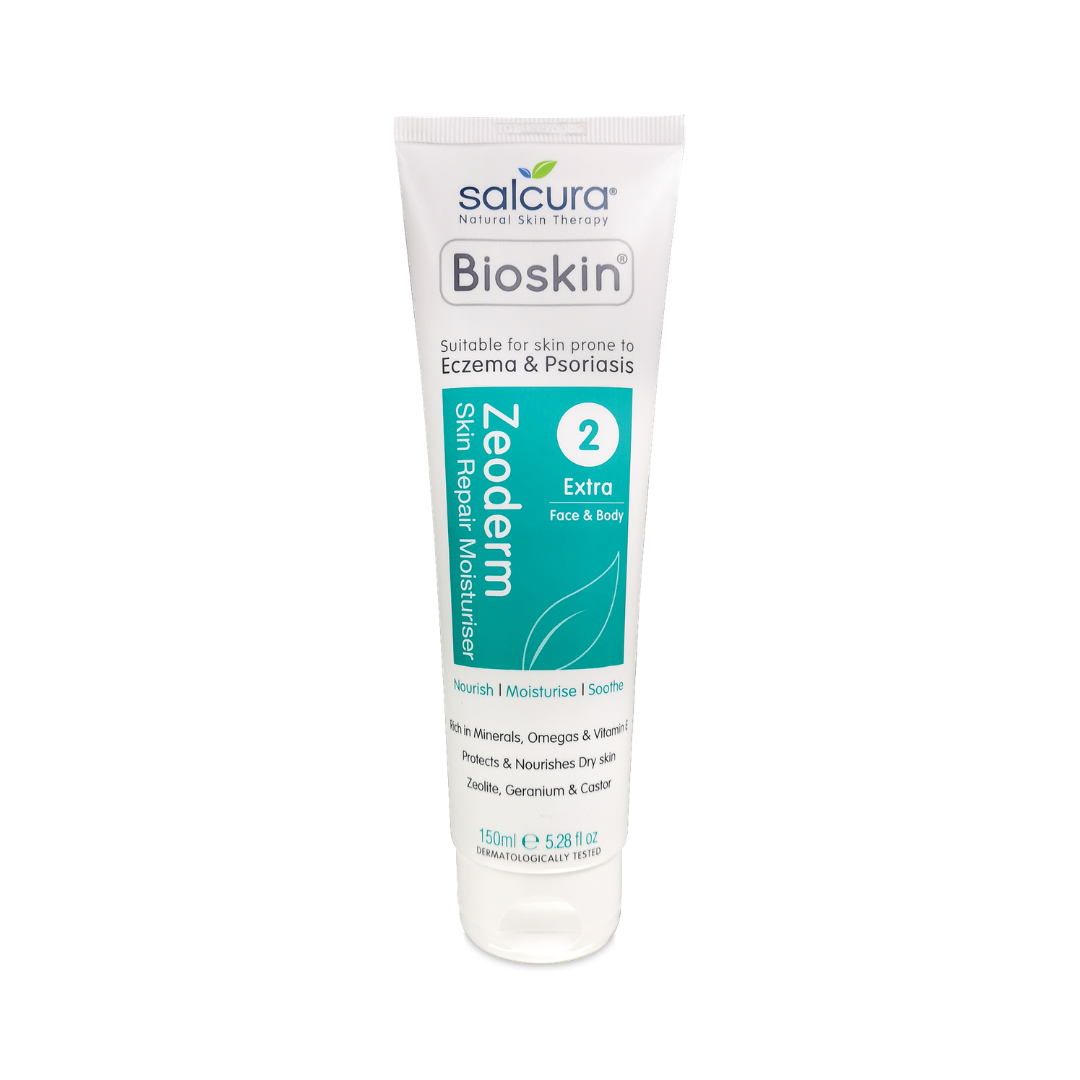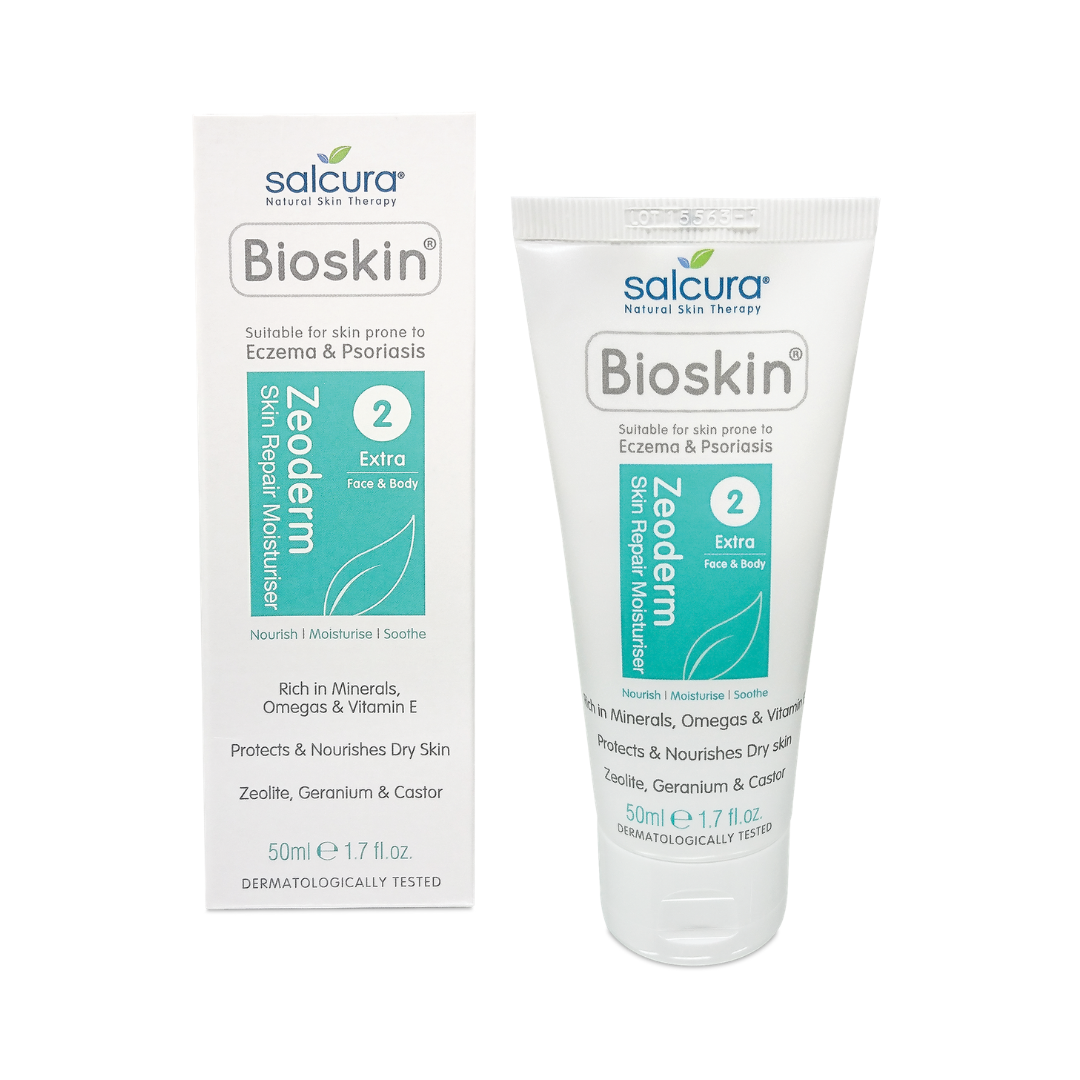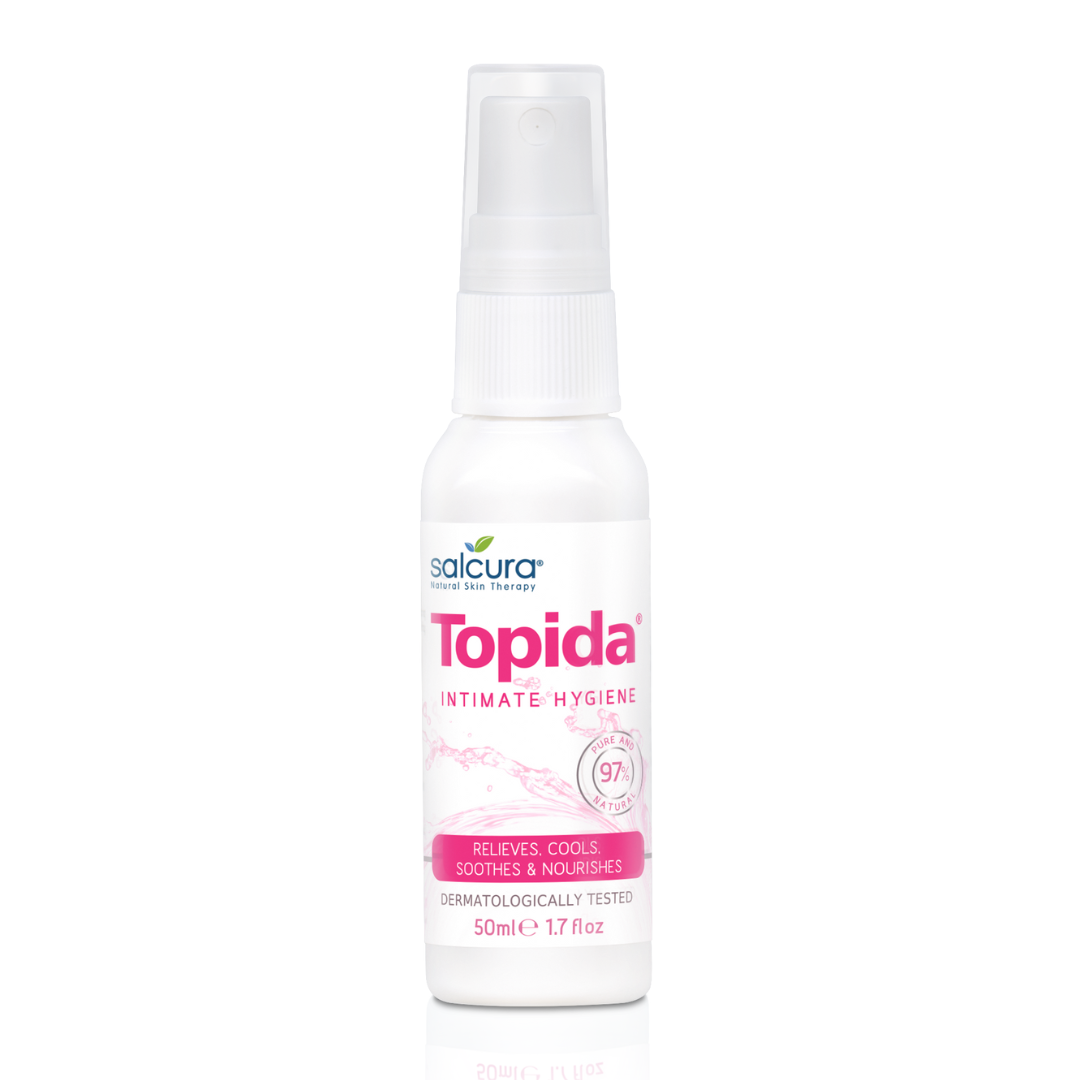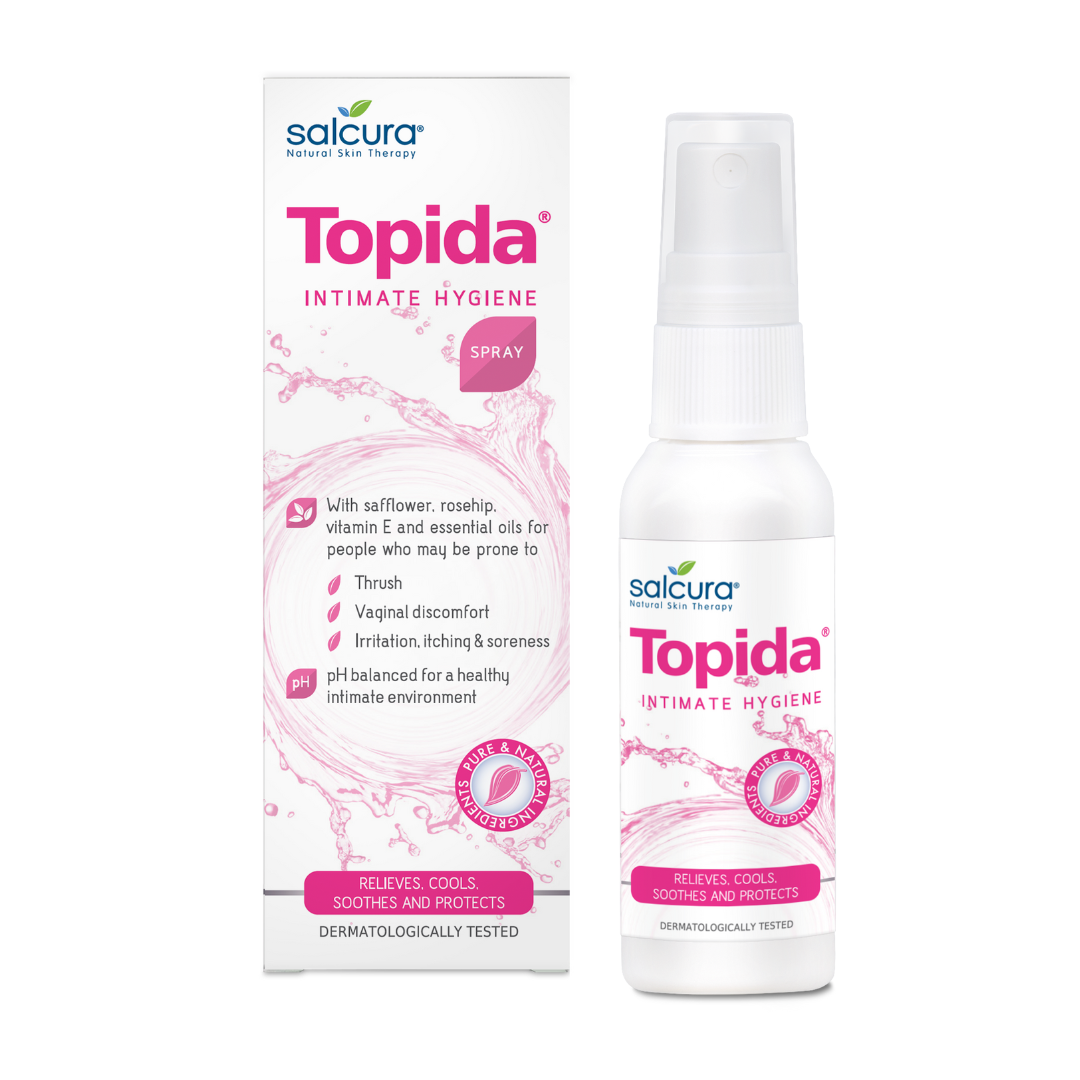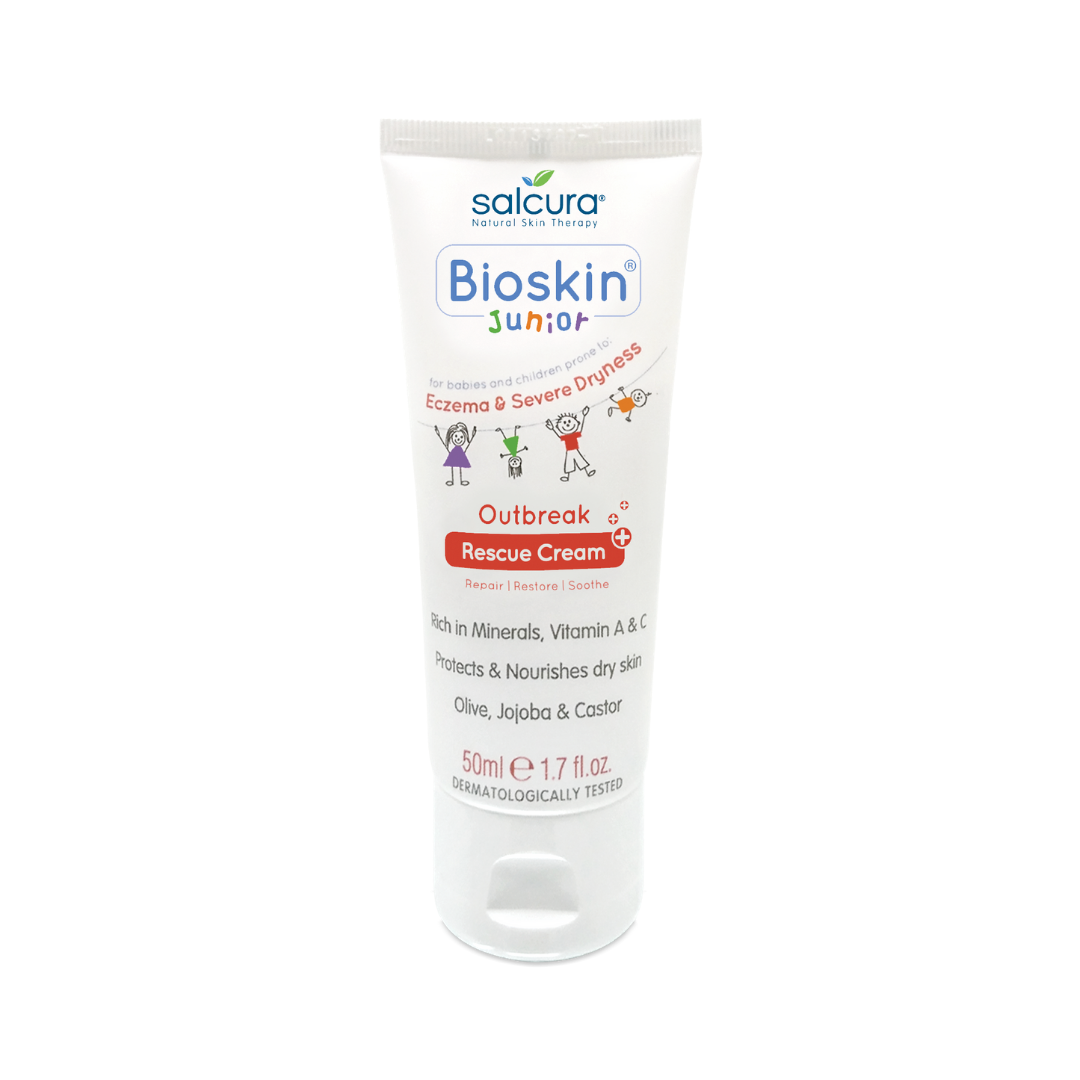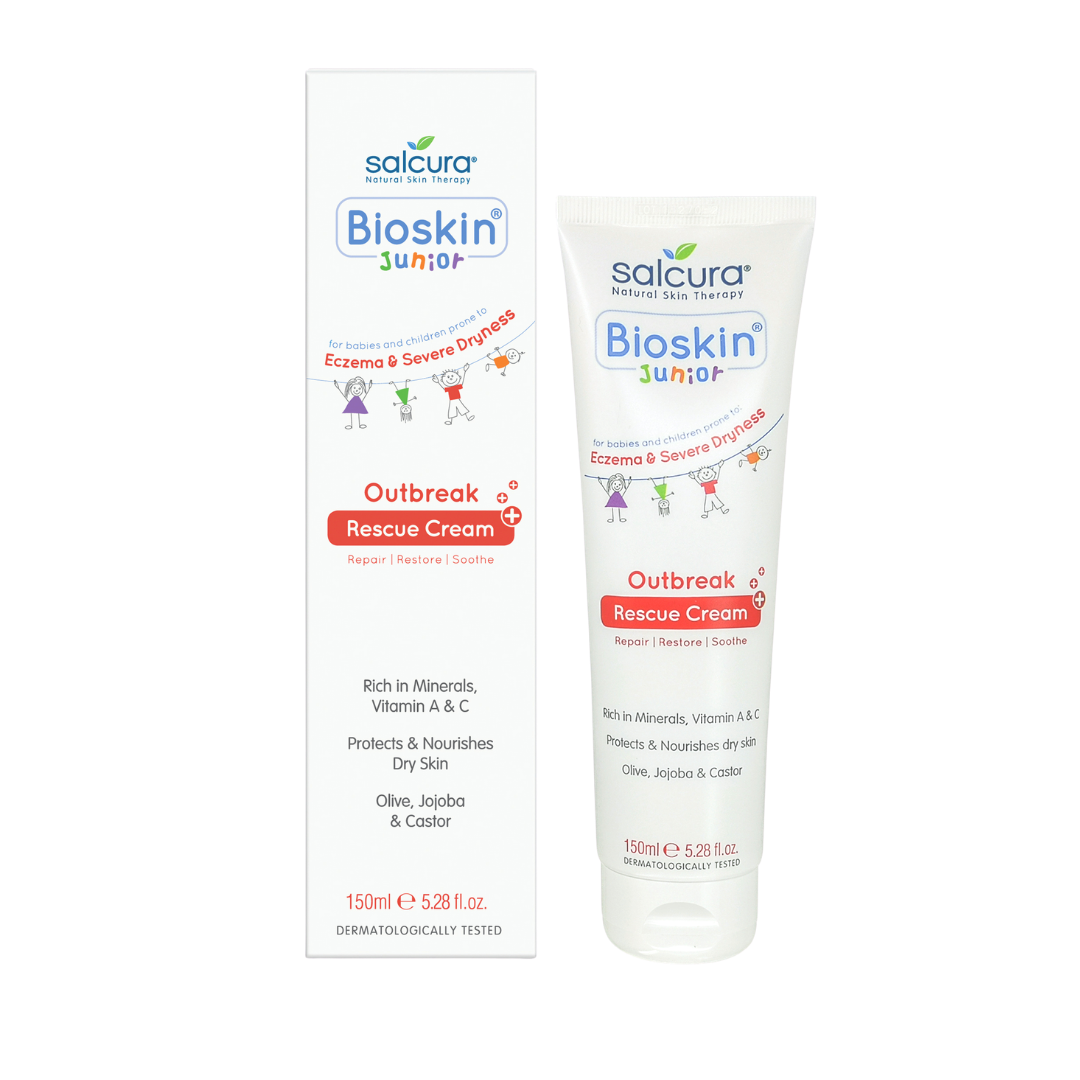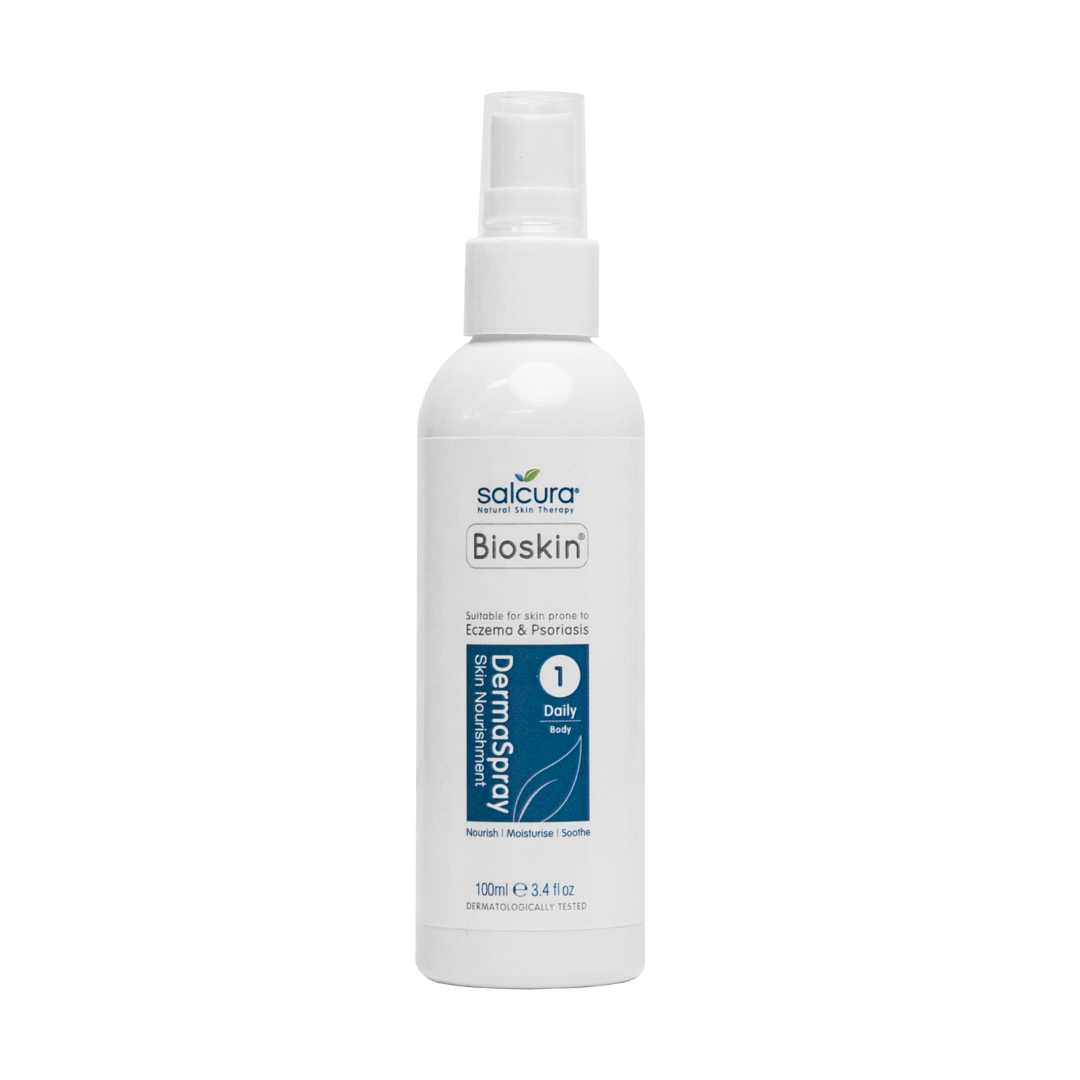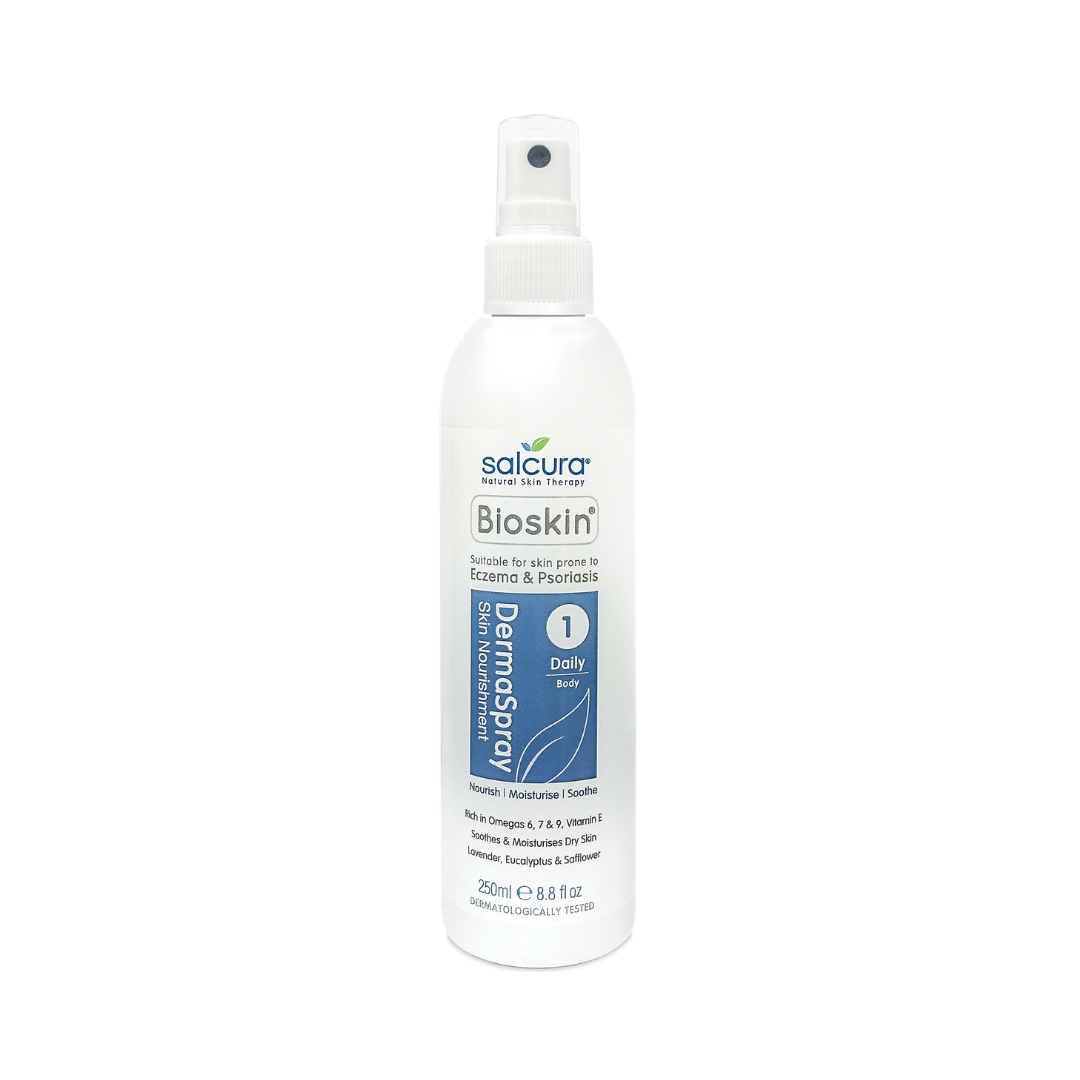Cancer treatment can change the way your skin feels and responds to products. As such, it's important to use the right products to avoid doing more harm than good. We’ve asked Fiona who is an Oncology skincare specialist and @fht_media beauty therapist finalist 2022 for her skincare advice to patients experiencing chemotherapy.
Side effects on the skin when going through cancer treatment
There are different skin health issues when on breast cancer treatments including chemotherapy, radiotherapy, immunotherapy, and hormonal blockers like tamoxifen and letrozole. The skin goes into a resting state which makes it more vulnerable to inflammation causing dryness and sometimes it can become quite reactive, from experiencing spots that can occur from either the change in hormones or from reacting to the treatment both can be treated by oncology skincare therapies and home care regimens. It’s important to avoid any treatments that disrupt the skin's protective layer (acid mantle) such as micro-needling or abrasive peels on the skin.
Our skin is our first line of defence against sunlight, chemicals, microbes and the environment. It helps regulate body temperature, prevents water loss, permits the sensations of touch, heat, and cold. It has a very important role. Cancer treatments, such as radiation or chemotherapy can really damage our skin which affects all of its functions. When the skin doesn’t function properly, skin reactions may develop that vary in intensity for each individual and includer radiation rash or extremely dry skin that may appear in patches or all over the body."
First steps to take when the skin starts to flare up
Amongst the many things your skin will experience , a flare up unfortunately is very likely to occur. Fiona tells us about her own experience and the effects of chemotherapy on your skin, "I often felt very isolated and often felt my skin, nail and hair concerns weren’t validated." With this in mind, she advised us on some steps you can take at the beginning of your flare-ups:
1. Start a good skin health regimen prior to starting your treatment
This includes the face, body, hands and feet. It will set you in good stead moving forward.
2. Keep the skin hydrated
Keeping the skin hydrated is key, it helps to minimise inflammation and keeps the skin nice and strong.
What to use on the skin
Here at Salcura one of our most frequently asked questions is if our products are suitable for people with cancer. Our Bioskin Range is very gentle for irritated skin. We avoid ingredients that are commonly known to irritate the skin.
Dry and itchy skin seems to be an inevitable side-effect of cancer treatment. The radiation involved with chemotherapy and radiotherapy can play havoc with a person’s skin, drying out and reddening it, and causing substantial irritation to someone already in considerable amounts of pain and distress.
Fiona recommends our Bioskin DermaSpray Intensive to help with dry skin on the body. Our Bioskin DermaSpray contains natural oils that all aid the skin in becoming stronger and healthier. We recommend using the Bioskin Dermaspray Intensive in conjunction with our Bioskin Zeoderm Skin Repair Moisturiser for maximum results.
Hyperpigmentation can also occur so it’s important to wear an SPF. Fiona lets us know she has been using Rosalique to deal with this. "I have been using and recommending Rosalique because it not only supports the skin with photosensitivity it’s also a treatment and makeup in one this product is especially effective if you are on taxol chemotherapy or immunotherapy. Most hyperpigmentation will reduce and even out over a period of 6-12 months post-treatment."
Cancer treatment can affect the way your skin feels and looks. To help yourself feel better, it's best to use skincare products that are soft and gentle to your skin. Our Bioskin Dermaserum is a gentle serum that contains a multitude of natural oils and extracts, making it a little "vitamin-bomb" for the skin. It is high in Omega-6 and Omega-3 fatty acids and works as a wonderful emollient
If you would like to see the dedicated work Fiona does, head over to Sparkle Through Chemo. Fiona is also a specialist at the London Clinic Hospital which is also the first hospital in the UK to introduce oncology skincare therapies.
We thank the wonderful Fiona @sparklethroughchemo for her expertise and advice on how you can look after your skin during and after chemotherapy.


